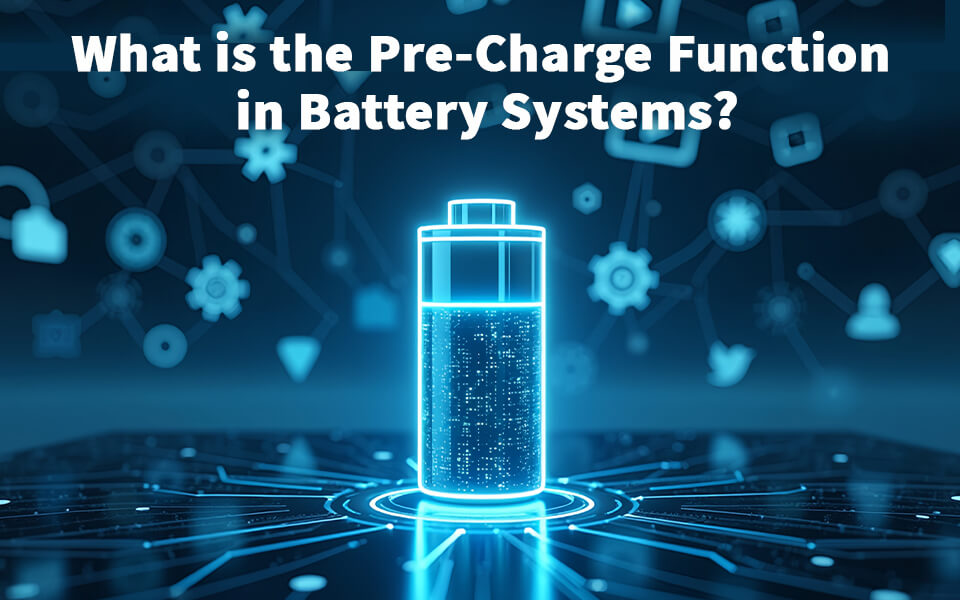What are the differences between A-Grade and B-Grade Battery Cells?

When it comes to lithium-ion batteries, not all cells are created equal. As the demand for reliable and high-performing batteries continues to grow, understanding the difference between A-grade and B-grade battery cells becomes crucial for consumers and manufacturers alike. In this blog, we'll delve into what defines an A-grade battery cell, how it differs from a B-grade cell, and why these distinctions matter.
What is an A-Grade Battery Cell?
An A-grade battery cell is the gold standard in battery manufacturing. After a battery factory produces cells, each cell undergoes a series of rigorous tests to measure its rated capacity, internal resistance, and overall performance. If a cell meets the following criteria, it is classified as an A-grade cell:
-
Rated Capacity: The cell's ability to store and deliver energy must meet or exceed a predetermined value. This ensures the battery can provide the power it promises, making it reliable for various applications.
-
Internal Resistance: The internal resistance of the cell must be below a specified threshold. Low internal resistance is critical for the efficient operation of the battery, as it minimizes energy loss during charging and discharging.
-
Appearance and Performance: The cell must be free from physical defects, such as dents or scratches, and must perform consistently under standard operating conditions.
A-grade cells are the top-tier products of battery manufacturing, offering the best combination of capacity, efficiency, and reliability.
What is a B-Grade Battery Cell?
In any manufacturing process, there is always a possibility of producing products that do not meet the highest standards. This is where B-grade battery cells come into play. B-grade cells are the result of the inevitable defect rate in battery production. While they still function and can be used in various applications, they do not meet the stringent criteria required for A-grade classification.
Key characteristics of B-grade battery cells include:
-
Lower Rated Capacity: B-grade cells may not achieve the same energy storage capacity as their A-grade counterparts. This means they may not deliver as much power or last as long in high-demand applications.
-
Higher Internal Resistance: These cells tend to have higher internal resistance, which can lead to reduced efficiency and increased heat generation during use.
-
Appearance and Performance Issues: B-grade cells may have minor cosmetic defects or performance inconsistencies that disqualify them from A-grade status.
The defect rate that produces B-grade cells varies among manufacturers. Top-tier manufacturers might have a defect rate of around 2%, while second and third-tier manufacturers could see defect rates ranging from 5% to 10%. This variation highlights the importance of quality control and production processes in battery manufacturing.
Comparing A-Grade and B-Grade Battery Cells
1. Quality and Reliability:
-
A-Grade: Offers the highest quality, with consistent performance, long life cycles, and minimal energy loss. Ideal for applications requiring high reliability, such as electric vehicles and critical backup power systems.
-
B-Grade: Suitable for less demanding applications where slight performance variations are acceptable. These cells are often used in lower-cost products or situations where the highest level of performance is not critical.
2. Price:
-
A-Grade: Typically more expensive due to the higher standards and lower defect rates.
-
B-Grade: More affordable, making them a cost-effective option for budget-conscious projects.
3. Application Suitability:
-
A-Grade: Best for applications where performance, longevity, and safety are paramount.
-
B-Grade: Appropriate for less demanding applications, such as DIY projects, lower-end electronics, or backup systems where occasional inconsistencies are tolerable.
Why the Distinction Matters
Understanding the difference between A-grade and B-grade battery cells is crucial for making informed decisions, whether you're a consumer, a product designer, or a manufacturer. A-grade cells guarantee the highest performance and reliability, which is essential for critical applications. On the other hand, B-grade cells offer a more affordable alternative for less demanding uses, though they come with certain trade-offs in performance and longevity.
Conclusion
The distinction between A-grade and B-grade battery cells reflects the inherent variability in battery manufacturing. While A-grade cells represent the pinnacle of quality and performance, B-grade cells provide a more budget-friendly option for applications where slight deviations from top-tier standards are acceptable. By understanding these differences, you can choose the right type of battery cell for your specific needs, ensuring optimal performance and value for your investment.






Leave a comment